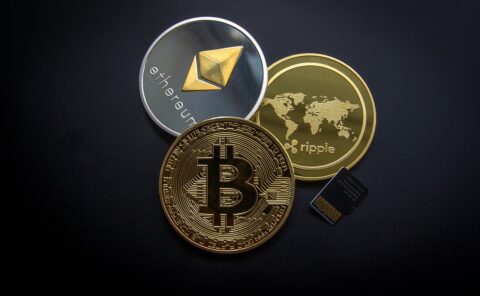Contents
Long gone are the days when virtual reality’s potential to change life as we know it was just a rumor. Today, virtual reality proved its capacity to do so. One of the most critical aspects of our life that virtual reality has not only changed but also highly improved is in the educational system.
Virtual reality took the old methods of teaching and learning to a whole other level. For instance, virtual reality can break the language barrier for all international students. Today we have actual proof that virtual reality can be used effectively in educations as many institutes are already leveraging its benefits.
Therefore, in today’s post, we’re presenting our top 5 ways universities are effectively using virtual reality.
1. Distance Learning
First of all, virtual reality can drastically improve the distance learning industry. We all know that when you learn at a distance, you can’t get the best from the learning system because of time and space problems mostly.
Therefore, virtual reality can solve this kind of problem and improve the learning outcome for distance learning students. Stanford School of Business and Columbia Law School are already offering VR programs for distance learning students.
For instance, when the students need assignment help, they could project themselves in a virtual space to meet with their colleges and get the help they need. Students always have projects and assignments to fulfill, but if the student learns at a distance, they don’t get to interact and get the insight they need.
As well, trough VR distance learning, students can enjoy virtual lectures, which is precisely what they need.
2. Virtual Campus Visits
Virtual reality can improve more for universities than the learning procedures. You know that every year there is a school tour for the students interested to study there. These tours are part of the method of picking the best university for your needs.
Of course, this requires a lot of resources from a student, and virtual reality is the perfect solution to reduce them. They will no longer have to go from place to place to visit campuses. They’ll have to put the headset on and roam around the university. Even better, they can experience what it would be like to go to that university.
VR technology has no limits as you can do whatever you want in a virtual place. The University of Michigan already has such a program that allows students to experience the feeling of playing on the university’s stadium.
Of course, there are more universities with VR tours already, which is fantastic as more students will be able to make better decisions for their future.
3. Philosophical Theories
Philosophy is not a subject that any student understands as it comes with many theories that require quite an imagination to understand what a philosopher meant entirely. Virtual reality is precisely what we need to bring to life any philosophical argument.
For instance, in the UK at Sevenoaks School, students use VR headsets in philosophy classes to visualizing Descartes’ dream theory. Imagine what an engaging lesson that must be and how the level of understanding increases instantly.
VR technology revolutionized philosophy in schools according to students’ reactions. Today they can experience what the most influential philosophical text is really about – why dreams aren’t so different from real life.
4. Skills Training
One of the main problems that the educational system encountered until technology evolved was the lack of efficient practice. For instance, med students’ skills are mainly based on theoretical knowledge, as they couldn’t practice surgery. But today, thanks to VR technology, they can without worrying that they’ll harm someone.
But this is just one good example, but imagine students putting in practice all the theory they learn because we can simulate any case scenario in any environment we need to learn a skill practically.
As well, we all know that students are using services like AssignmentGeek to make their assignments. Now VR technology based on practice will make sure that students are rewarded for their work and skills, not for a professional’s.
There was even an experiment to prove the efficiency of learning a skill through VR versus watching video tutorials. Of course, as everyone expected, the person who benefited from VR training was capable of learning better and faster.
Therefore, we enter a new era where students can become top specialists in any field, thanks to VR technology. It will take some time until VR will be a part of every learning system around the globe, but great things come in time.
5. Game-Based Learning
Another problem with the old methods of teaching and learning is the limitation of creating your courses more fun and exciting to make students more engaged. Of course, there are ways, but none is as great as VR technology is.
Game-based learning is well-known for its capacity to engage and motivate students, but imagine its impact if combined with virtual reality. A professor from Marlboro College reported that VR games made a real difference as the students have to opportunity to achieve more things than they can in real life.
As well, he could notice a change in the level of the student’s engagement as in the VR world, where you are judged by your actions and not your gender/race/weight. Everyone can have more fun and learn without any other distractions.
Conclusion
I believe that it is safe to say that virtual reality is what we need to revolutionize and highly improve today’s educational system all around the globe. Virtual reality allows the students to evolve in more ways than we can imagine.
That’s why we need more and more universities and schools to adopt VR education – to have more and more professionals in everything is possible.



